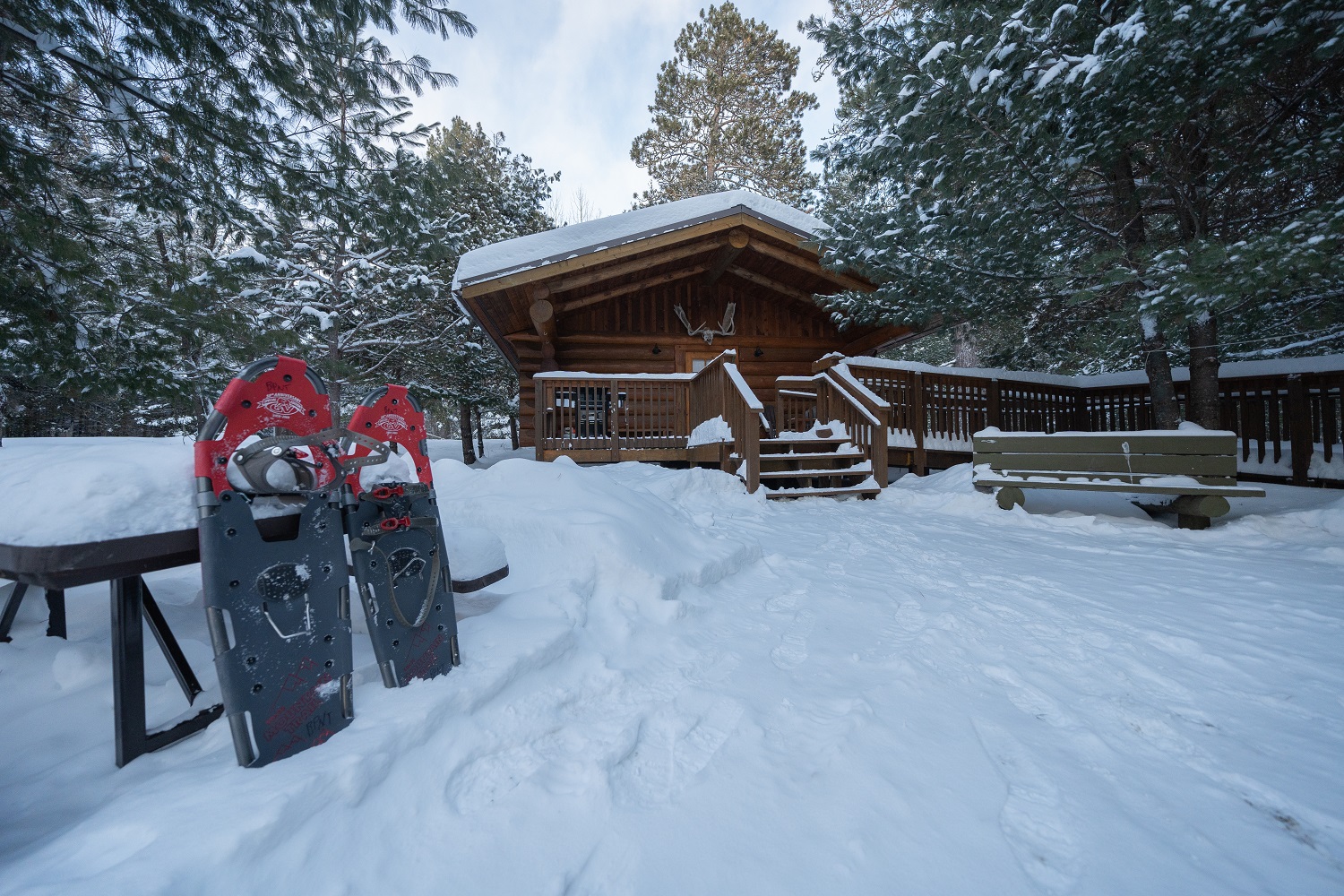Happy World Wetlands Day! Today we celebrate the important ecological contributions of wetlands.
Wetlands, like the one pictured above, come in many shapes, types, and sizes. In today’s post, Mark Read, chief park naturalist at Murphys Point Provincial Park, takes us on a journey through one of the wetlands you may find at our parks.
Imagine this. You’re in your favourite provincial park, walking one of the forest trails.
It’s springtime, and an early-season bite to the air is being warmed by sunlight filtering through a canopy that is greening up day-by-day.

Birds pronounce their presence as you walk by, and off in the distance you hear a cacophony of frogs; mainly the trilling of Chorus Frogs, but perhaps also the dry nasal ‘quack’ of some Wood Frogs too?
As you rise to a crest in the trail and begin to drop down again, a small vernal pool appears before you, shimmering in the filtered sunlight.
Being only temporary, these vernal pools will dry up by late summer, but until then, they are an important home to many creatures.
Wandering along a wetland
While you stop to examine the pool, you notice you are faced by silence – where did the frogs go?
You decide to find out, so sitting at the base of a gnarled old maple at the edge of the pool, you settle in and wait.

It’s almost 10 minutes before the first Chorus Frog starts up again. They say it has a trilling call, but to you it sounds more like running your finger along a comb. Surely that’s an easier way to remember this one!
As more and more start up, the chorus starts to reverberate in the small hollow of the pool until an almost trance-like rhythm takes hold.
Wow! Just wow!

And then, to your surprise, a Wood Frog emerges from the undergrowth, just an arms-length away, so perhaps you did hear them after all.
This just shows that it is worth waiting quietly at these pools, so you pull out a sandwich and wait in anticipation for your next encounter…
Vibrant vernal pools
I’m sure many of us have had similar experiences, but if you haven’t, try it this spring.
Really! Take a few minutes to sit quietly next to a wetland, and see what comes by.


Vernal pools are just one example of a wetland, but, along with the more familiar permanent ponds and lakes, these are a common feature in many of our parks and conservation reserves.
Returning over the next several months, you will see changes in water level, plant cover, and associated wildlife.
Turtles will be out basking on logs, damselflies and dragonflies will be skimming over the water’s surface, young (and green) Gray Treefrogs will be clinging to the cattails, and Red-winged Blackbirds will be busy raising broods of youngsters.
Go deeper on wetlands
If you’re looking to further explore wetlands, many of our parks run programs during the summer.
Perhaps there’s a BioBlitz going on where you can tap into some expert advice, or a Discovery drop-in where you and your family can explore at your own pace.

And of course, it doesn’t have to be about the wildlife! Perhaps you’d just like to relax at the beach, or take a paddleboard or canoe out on the lake.
Whatever it is, I urge you to take the time to fully appreciate what these wetlands provide, not just to the wildlife (and humans) that use them, but on a much broader scale as a critical ecological service.
And protect them, too!
Remember the silence as you first approached that vernal pool? Let’s make sure that doesn’t become a permanent reality.
Although provincial parks and conservation reserves currently protect 10.6% of the surface area of Ontario’s inland lakes and rivers, as of 2021, their protected status is reported as ‘fair,’ and that should have us all worried.
To do your part, learn to love your local wetlands, share your passion for them, and contribute where possible to conservation efforts to preserve them.


